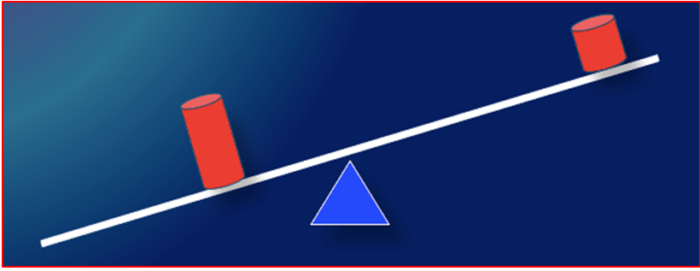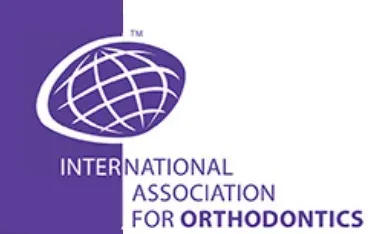September’s Tip

Mulligan Mechanics Part III
By Dr. Adrian J. Palencar, MUDr, MAGD, IBO, FADI, FPFA, FICD
August 2024
IAO Diplomate
68 – Tremont Drive, ST. Catharines
ON L2T 3B2, Canada
Do not memorize, understand – Dr. T. Mulligan
The Mulligan Intrusion arch is a two-couple intrusion arch wire used for control of anterior deep overbite. It is commonly made with round wire (a .020 or a .018 SS), attached to the teeth only at the molars and the incisors and is activated for incisor intrusion by a molar tip-back (off- center, gable) bend. Dr. Mulligan used a .020 ss arch wire, however, the author prefers a .018 SS arch wire – as there is less friction and biding.
The Intrusion arch is activated by one squeeze of the Tweed loop forming pliers – “V” pointing occlusally, just in front of the molar tubes. This one squeeze creates approximately 45° tip back (off-center bend), if less is desired, squeeze less. In author’s opinion, it is paramount to apply these bends extra-orally.
Analyzing the result of the tip-back; there is a long arm mesially – pointing in the direction of the force (intrusion of incisors) and creating labial moment (flaring of incisors). Distally of the tip-back; there is a short arm distally pointing opposite of the direction of the force (extrusion of the molars) and creating distal moment (distal tipping of the molars).
Remember, The long arm points in the direction of the force. The short arm points opposite to the direction of the force.
Is not there an analogy between the teeter-totter and the Intrusion arch?
The Mulligan intrusion arch renders the dental arch longer, improves the mild dental Class II by tipping the molars distally. If the extrusion of molars is undesirable, place a TP arch in the maxilla and Lingual arch in the mandible.

References:
- Mulligan T.F., Common Sense Mechanics in Everyday Orthodontics, (89)
- Palencar A. J., Case finishing and Mechanics, (29)
